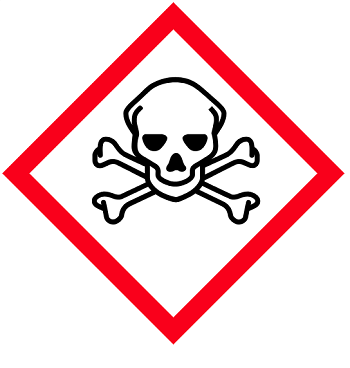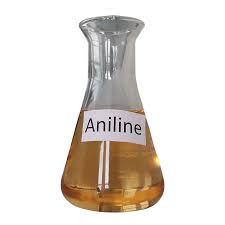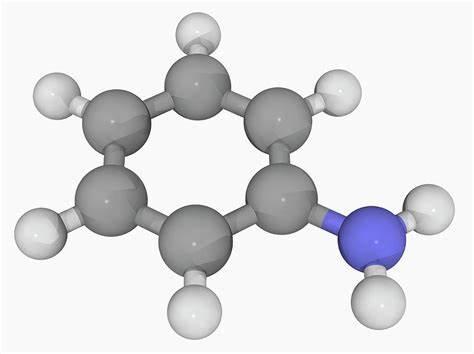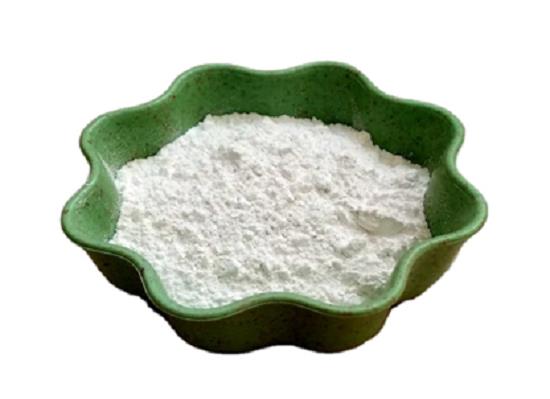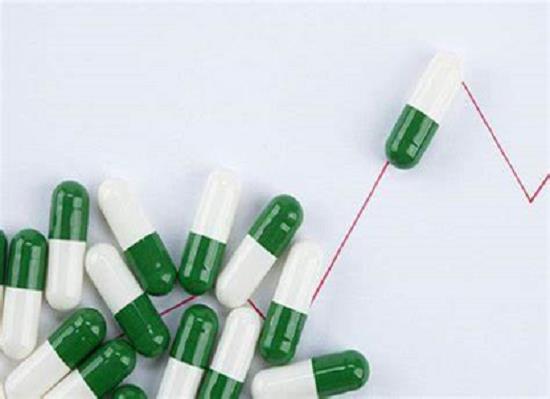The Versatility of Aniline in Various Industries
General Description
Aniline, also known as Mesalazine EP Impurity K, is a colorless or slightly yellow volatile liquid with a pungent odor. Aniline is a compound with diverse applications. In tissue engineering, it is utilized to design biomimetic substrates with tailored conductivity, enhancing cellular activity and enabling implantation of biomaterials. It also plays a role in pharmaceutical production by scavenging arylamine free radicals and attenuating their harmful effects. Moreover, aniline is crucial in the synthesis of dyes, contributing to color formation in various dye and pigment classes. However, aniline carries health risks, including carcinogenicity and adverse effects on the skin, eyes, respiratory tract, liver, and kidneys. Proper protective measures and monitoring are necessary when handling aniline to ensure safety.
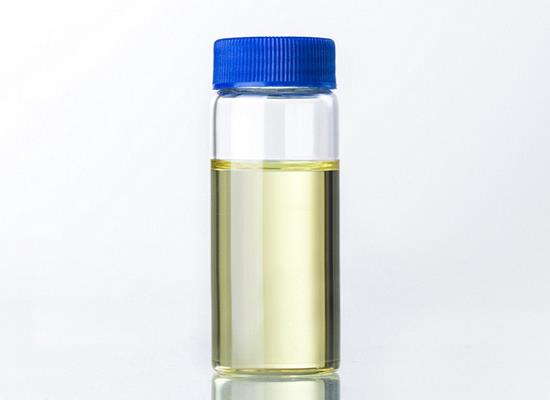
Figure 1. Aniline
Applications
Tissue engineering
Aniline is a compound that has found applications in the field of tissue engineering and regenerative medicine. It is a bioconductive polymer with unique properties that make it suitable for designing biomimetic substrates. By incorporating aniline oligomers into the molecular structure of other polymers, the conductivity of biomaterials can be tailored to mimic the electrical and mechanical properties of specific tissues or organs. For example, conductive substrates based on aniline oligomers can enhance cellular activity by improving cellular signaling. These biomaterials can be designed with high mechanical strength for hard tissues like bone, or with high elasticity for cardiac tissue. They can also be synthesized as injectable hydrogels, particles, and nanofibers for noninvasive implantation, enabling applications such as drug/gene delivery and the creation of extracellular biomimetic structures. The use of oligoaniline-based conductive biomaterials in tissue engineering and regenerative medicine shows great potential for advancing the field. 1
Production of drugs
Aniline finds utility in pharmaceutical production. Our investigation has revealed a novel scavenging mechanism involving poly- and monoaminocarboxylates for arylamine free radicals. In the presence of an aminocarboxylate, these radicals exhibit significant oxygen uptake, unlike in peroxidase-catalyzed reactions where they do not react with oxygen. Using spin trap 5,5-dimethyl-1-pyrroline-N-oxide (DMPO) and electron paramagnetic resonance spectrometry, we have identified these free-radical intermediates. By employing polyaminocarboxylate diethylenetriaminepentaacetic acid (DTPA), we observed a concentration-dependent attenuation of N-centered radicals produced during arylamine's peroxidative metabolism. This attenuation leads to the formation of secondary aliphatic carbon-centered radicals from the cosubstrate molecule. Similarly, N,N-dimethylglycine (DMG) and N-methyliminodiacetate (MIDA), but not iminodiacetic acid (IDA), exhibited a similar scavenging effect on arylamine-derived free radicals within a horseradish peroxidase/H2O2 system. 2
Synthesis of dyes
Aniline, a crucial component in the synthesis of dyes, plays a significant role in the color contribution of various dye and pigment classes. While conjugation is widely recognized as an important factor in color formation, little attention has been given to the involvement of imine and iminium functionalities in the physiological effects of this dye class.The group of dyes that incorporate imine and iminium functions includes notable examples such as methylene blue, rhodamine, malachite green, fuchsin, crystal violet, auramine, cyanins, as well as pigments like pyocyanine, phthalocyanine, and pheophytin. 3
Safety
Aniline is a potential human carcinogen and may cause various health effects, including lung cancer, liver cancer, leukemia, and non-melanoma skin cancer. The carcinogenicity of aniline is mainly caused by its metabolic activation to form N-hydroxyaniline, which can react with DNA to form adducts, leading to gene mutations and ultimately tumorigenesis. In addition, aniline may also cause other adverse effects on the human body, such as irritation to the skin, eyes, and respiratory tract; central nervous system stimulation; and damage to the liver and kidneys. Due to the potential hazards of aniline, exposure to this substance should be avoided as much as possible. When handling aniline, appropriate protective measures should be taken, such as wearing gloves, goggles, and protective clothing. Additionally, aniline should be stored in a well-ventilated area away from heat, fire, and sources of friction. It is also important to regularly monitor the environment for aniline concentrations to ensure worker safety. 4
Reference
1. Zarrintaj P, Bakhshandeh B, Saeb MR, et al. Oligoaniline-based conductive biomaterials for tissue engineering. Acta Biomater, 2018, 72:16-34.
2. Michail K, Baghdasarian A, Narwaley M, Aljuhani N, Siraki AG. Scavenging of free-radical metabolites of aniline xenobiotics and drugs by amino acid derivatives: toxicological implications of radical-transfer reactions. Chem Res Toxicol. 2013. 26(12):1872-1883.
3. Kovacic P, Somanathan R. Toxicity of imine-iminium dyes and pigments: electron transfer, radicals, oxidative stress and other physiological effects. J Appl Toxicol, 2014, 34(8):825-834.
4. ANILINFORGIFTNING. Ugeskr Laeger, 1952, 114(18):580.
Related articles And Qustion
Lastest Price from Aniline manufacturers

US $10.00/KG2025-04-21
- CAS:
- 62-53-3
- Min. Order:
- 1KG
- Purity:
- 99%
- Supply Ability:
- 10 mt
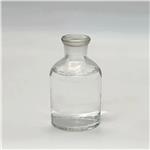
US $0.00-0.00/kg2025-04-21
- CAS:
- 62-53-3
- Min. Order:
- 1kg
- Purity:
- 99.99%
- Supply Ability:
- 20 tons

